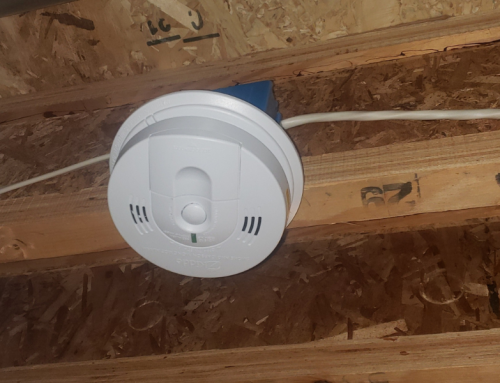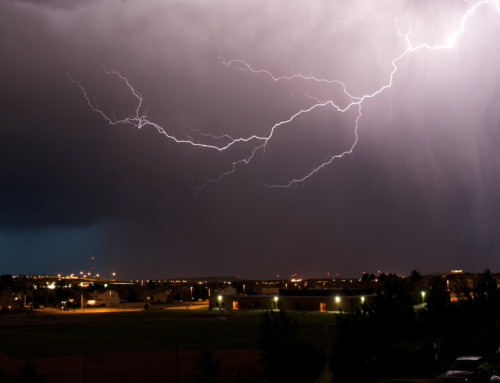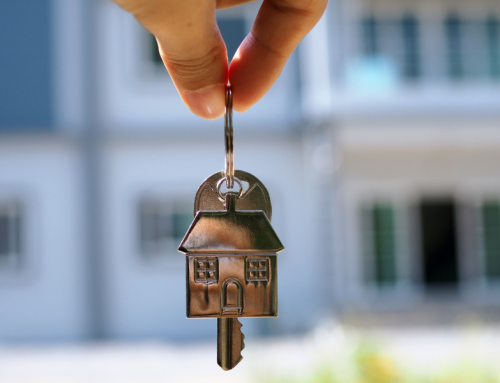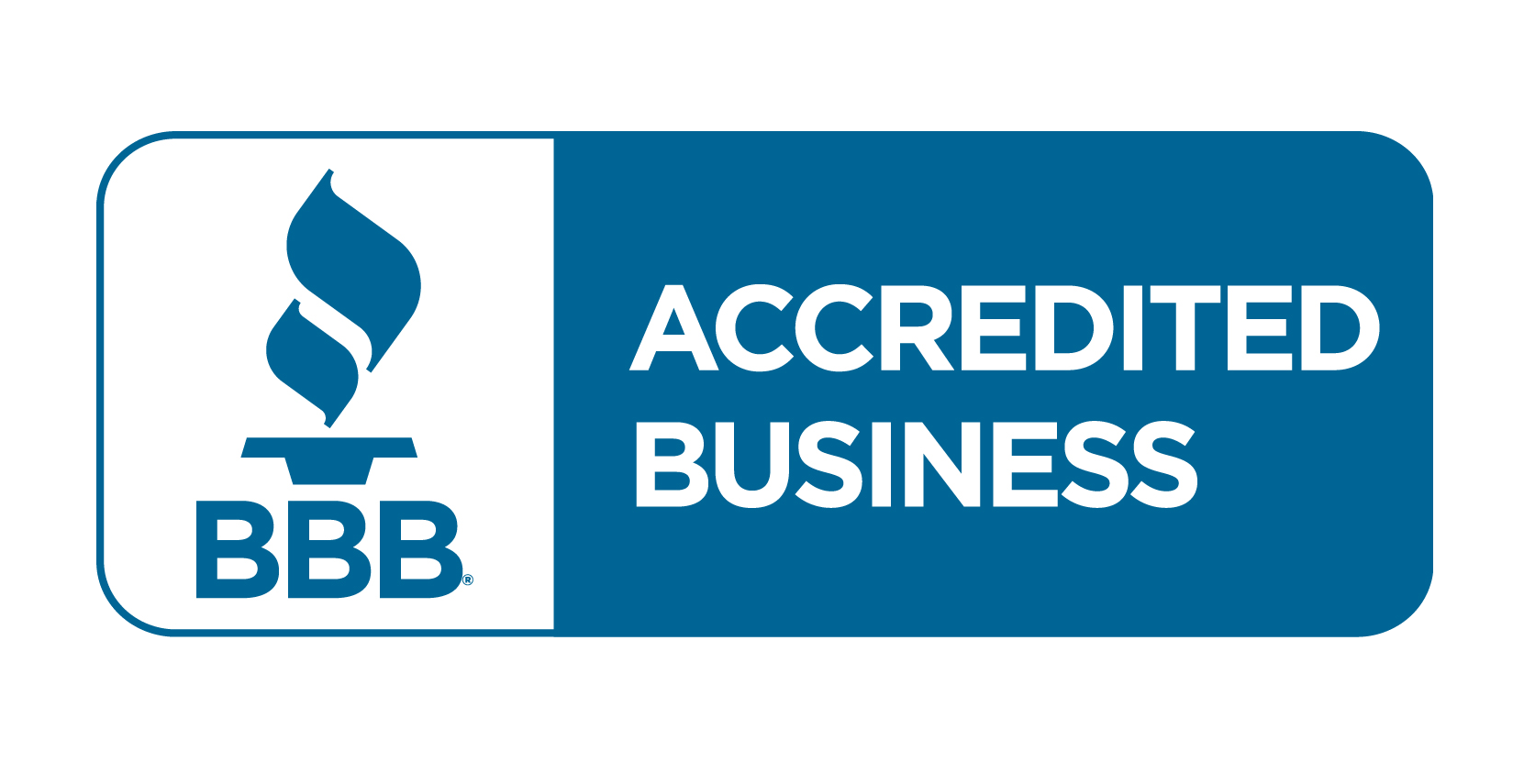A tripping circuit breaker is more than a minor annoyance; it’s a sign that your electrical system is trying to tell you something. Understanding the reasons behind frequent trips can help you address the issue and maintain a safe and efficient home.
Here’s a guide to why your breaker keeps tripping and what steps you can take to resolve it.
Common Reasons for a Tripping Circuit Breaker
- Overloaded Circuit
The most common cause of a tripping breaker is an overloaded circuit. This happens when too many devices are plugged into the same circuit, drawing more power than it can handle. For example, running a microwave, toaster, and coffee maker on the same outlet can easily exceed the circuit’s capacity.
- Short Circuit
A short circuit occurs when a hot wire touches another hot or neutral wire, causing an immediate surge of electricity. This is a serious issue that can lead to overheating and even electrical fires. Short circuits are often caused by damaged wiring or faulty devices.
- Ground Fault
Similar to a short circuit, a ground fault happens when a hot wire comes into contact with the ground wire or a grounded part of your home’s structure. Ground faults are especially common in areas with high moisture, such as bathrooms and kitchens, and can pose a safety hazard.
- Faulty Appliance
Sometimes, the culprit isn’t your electrical system but a specific appliance. A faulty appliance can draw too much power or have internal wiring issues that cause a breaker to trip.
If your home’s electrical panel is outdated or undersized for your current energy needs, it may struggle to handle modern appliances and devices. An aging panel can result in frequent breaker trips and signal the need for an upgrade.
What to Do When Your Breaker Trips
- Identify the Cause
Check what was running when the breaker tripped. Were you using multiple appliances on the same circuit, or did it trip when a specific device was turned on? Identifying patterns can help pinpoint the problem.
- Reset the Breaker
To reset the breaker, locate your electrical panel and flip the tripped breaker fully to the “off” position before switching it back to “on.” If it trips immediately after resetting, do not attempt to reset it again; this indicates a more serious issue.
- Reduce the Load
If an overloaded circuit is the problem, unplug some devices and distribute them across other outlets. Avoid using too many high-energy devices simultaneously on the same circuit.
- Inspect Appliances and Wiring
Check cords, plugs, and outlets for signs of damage, such as frayed wires or burn marks. If you suspect a faulty appliance, unplug it and see if the breaker still trips.
For recurring issues, short circuits, or ground faults, it’s best to contact a licensed electrician. These issues can pose safety risks and often require professional diagnosis and repair.
How CIES Can Help
At Colorado Integrated Electrical Systems (CIES), we specialize in diagnosing and resolving electrical problems like tripping breakers. Whether it’s upgrading your electrical panel, repairing faulty wiring, or improving circuit distribution, our expert team is here to help.
Don’t let a tripping breaker disrupt your home’s safety and comfort. Contact us today to schedule an inspection and ensure your electrical system is running smoothly.






